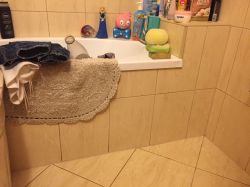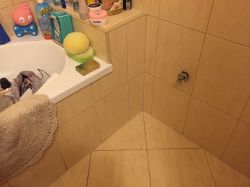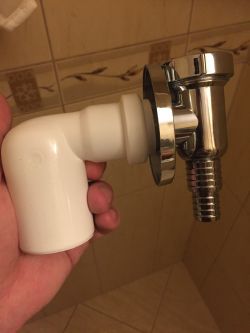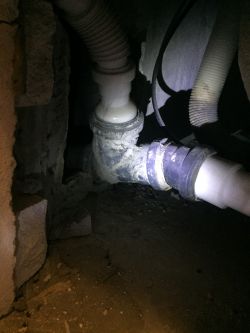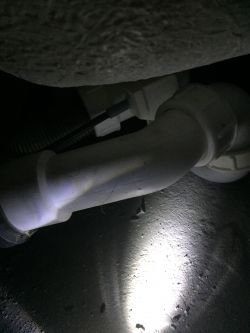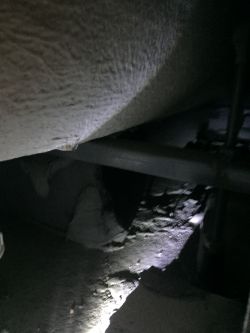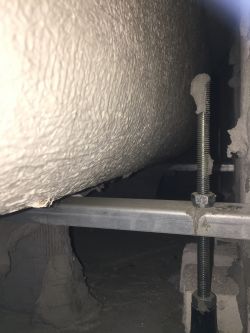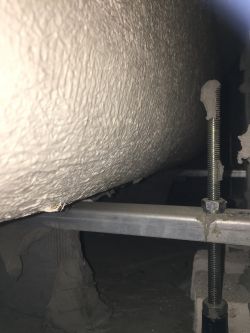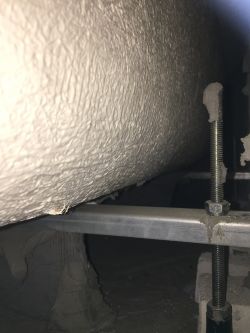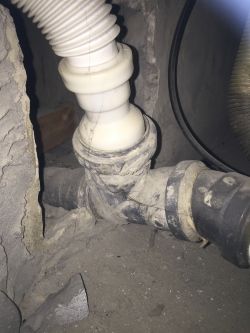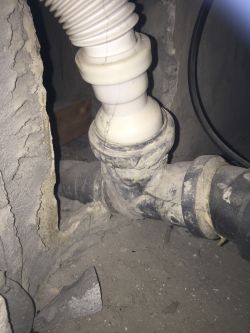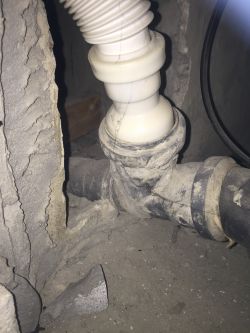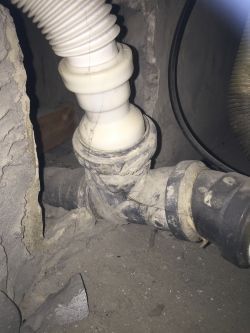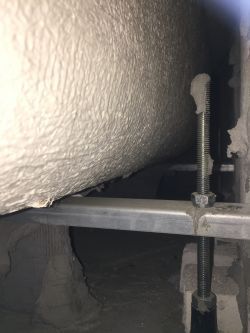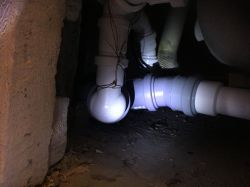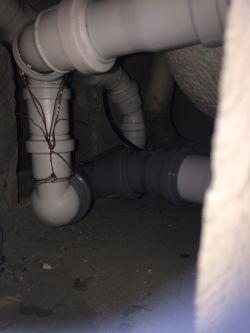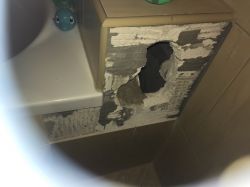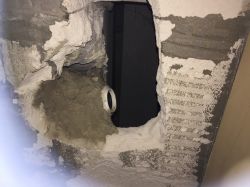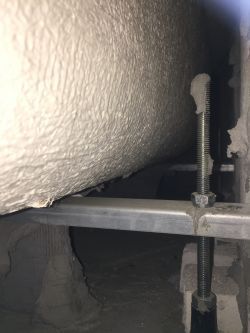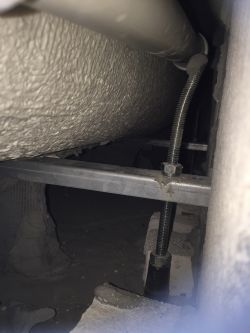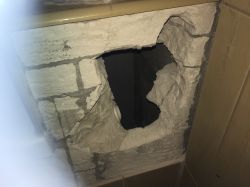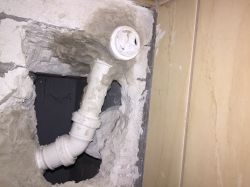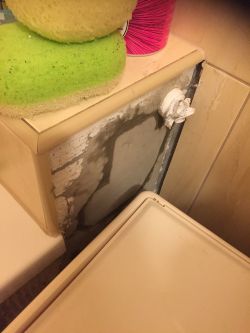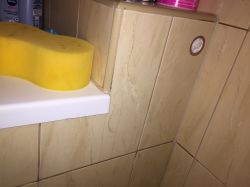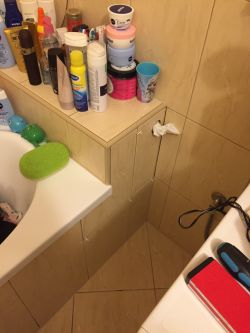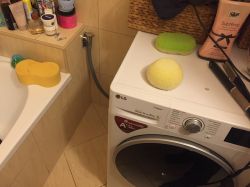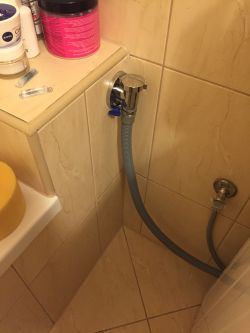Hello and welcome.
I bought a new washing machine, now I'm finally motivated and I have to drain the washing machine, previously, unfortunately, I had to put the hose in the bathtub - and a bottle filled with water would not jump out at the hose. Unfortunately, it was not possible to take a bath during washing as well as always having to clean the bathtub before washing after washing.
To the point:
The washing machine is next to the bathtub on the other side of the drain, the bathroom is tiled, the entire bathtub is too. By the bathtub I have a shelf made to a height of 70 cm, i.e. I would make the hole at a height of, say, 65 cm from the floor, my washing machine is supposedly 60 cm, it's about the LG F2J6TY1W model.
However, here I have questions whether to use a 50mm to 32mm elbow - that is, the entrance would be centrally under the washing machine siphon. Or possibly a 50 by 50mm elbow and rubber as standard and only a siphon.
At the moment I have a 50 by 32mm elbow and a 50mm pipe, a pair of elbows.
Which solution will be the best??
I want to break through this shelf, then the pipe down until I can run the pipe down to the bathtub drain between the bathtub and the tile wall.
At the bathtub drain, I have revisions, i.e. a plate removed to be able to get to the pipes and drain..
Or maybe do everything with a 32mm pipe - I'm afraid that it won't be enough in a few years and, for example, it will grow and there will be a problem with the drain.
Another thing, how do you connect to it??
The apartment is in a block of flats, so the pipes are probably going on the floor under the bathtub..
Gentlemen, advise how to do it so that it would be good and most importantly, how to connect to the bathtub drain so that, for example, I do not know, it does not knock out the water ??
Thank you very much for your help.
I can add photos if necessary because the washing machine will be standing close to the bathtub, i.e. about 30 cm, maybe 40 from the bathtub..
I bought a new washing machine, now I'm finally motivated and I have to drain the washing machine, previously, unfortunately, I had to put the hose in the bathtub - and a bottle filled with water would not jump out at the hose. Unfortunately, it was not possible to take a bath during washing as well as always having to clean the bathtub before washing after washing.
To the point:
The washing machine is next to the bathtub on the other side of the drain, the bathroom is tiled, the entire bathtub is too. By the bathtub I have a shelf made to a height of 70 cm, i.e. I would make the hole at a height of, say, 65 cm from the floor, my washing machine is supposedly 60 cm, it's about the LG F2J6TY1W model.
However, here I have questions whether to use a 50mm to 32mm elbow - that is, the entrance would be centrally under the washing machine siphon. Or possibly a 50 by 50mm elbow and rubber as standard and only a siphon.
At the moment I have a 50 by 32mm elbow and a 50mm pipe, a pair of elbows.
Which solution will be the best??
I want to break through this shelf, then the pipe down until I can run the pipe down to the bathtub drain between the bathtub and the tile wall.
At the bathtub drain, I have revisions, i.e. a plate removed to be able to get to the pipes and drain..
Or maybe do everything with a 32mm pipe - I'm afraid that it won't be enough in a few years and, for example, it will grow and there will be a problem with the drain.
Another thing, how do you connect to it??
The apartment is in a block of flats, so the pipes are probably going on the floor under the bathtub..
Gentlemen, advise how to do it so that it would be good and most importantly, how to connect to the bathtub drain so that, for example, I do not know, it does not knock out the water ??
Thank you very much for your help.
I can add photos if necessary because the washing machine will be standing close to the bathtub, i.e. about 30 cm, maybe 40 from the bathtub..



